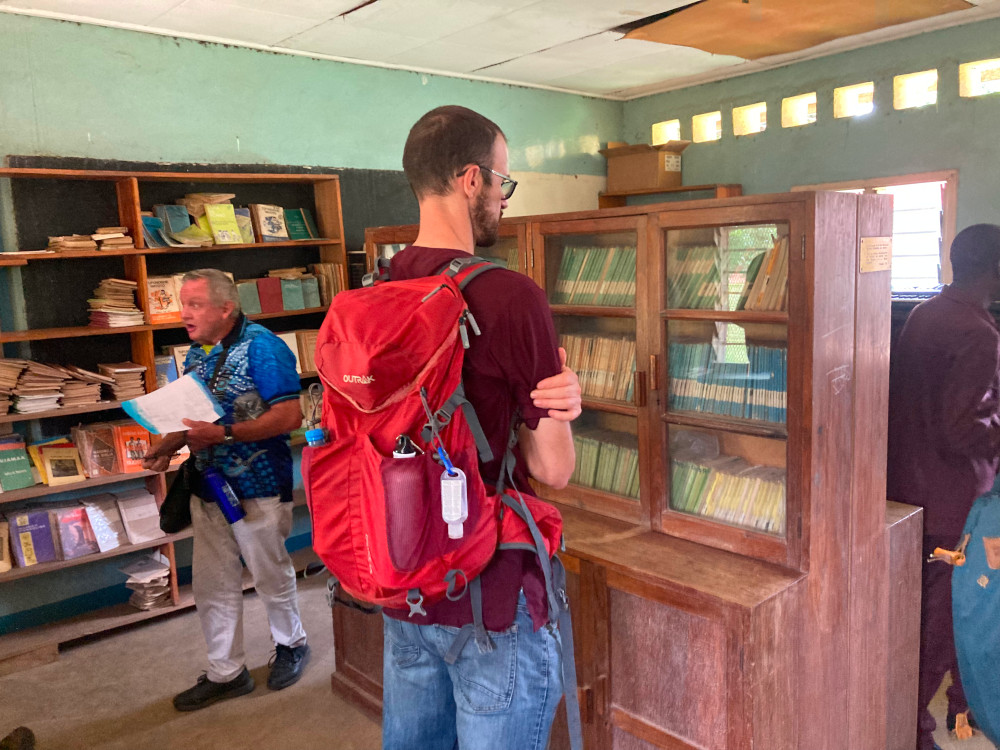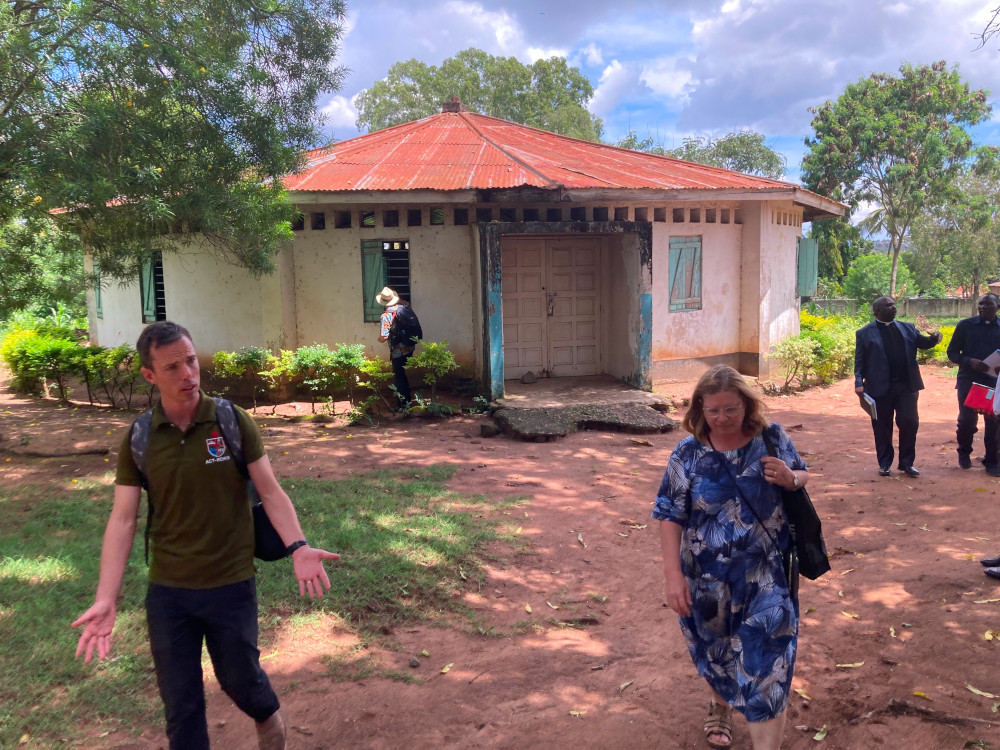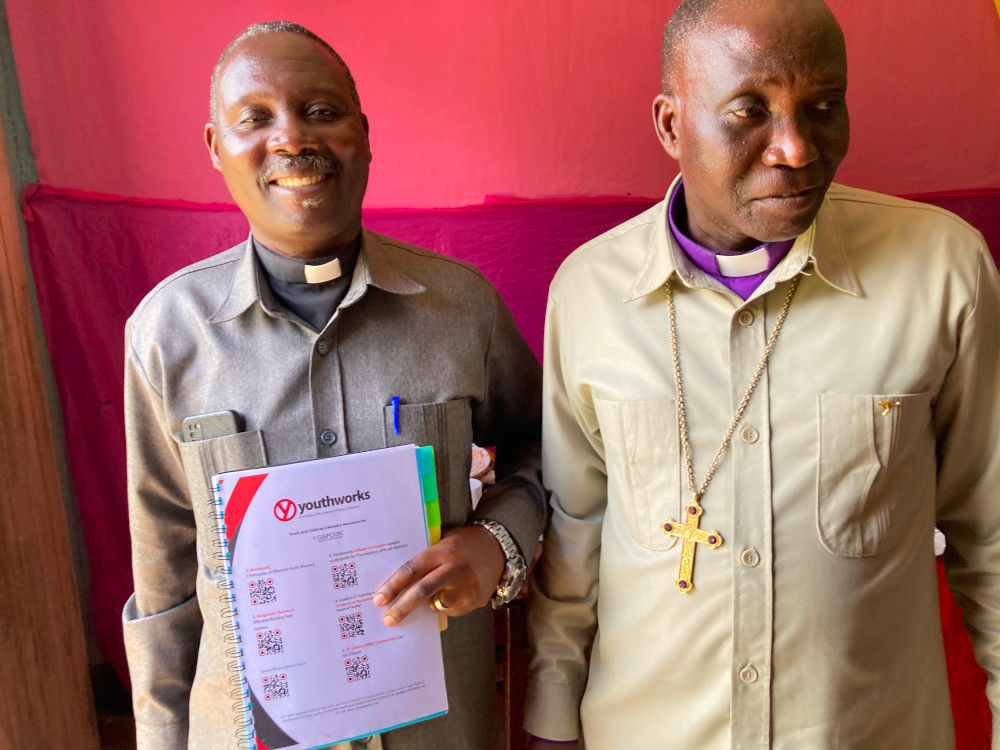We entered Africa through Rwanda during their week of remembrance of the Genocide Against the Tutsi and left it driving through the backcountry towns of Tanzania, where poverty strikes like a swift punch on the chin.
From manicured, tragic, yet touristy Kigali to Tanzania’s stark poverty subsistence farming villages.
In Kigali, a U.S. Gafcon delegate was heard saying, “It is just like Florida.” They were right. The Kigali Conference Centre and its top hotels, with familiar brand names like Radisson, would fit the Gold Coast, so probably Florida, too. They did not see the real Africa.
They did not need to perfect their squat toilet technique.
They did not get to see people selling produce in the village mud in front of shanty dwellings.
They did not see people labouring in the fields and rice paddies.
They did not get to see a long line of schoolchildren walking home in the driving rain in their school uniforms.
They were not confronted by the the real Africa.
Just like Kigali was not Africa, a deeper view of the local church emerged on our post-Gafcon trip.
Two village churches later, I know the deep joy that singing and dancing to the Lord happens in the poorest places.
One youth festival later, and the central place of music, contemporary music, and loud music once again increases my awe for performers who lead in worship.
And then the Bible Colleges. Here, they are prettier than Moore (not hard) but desperately poor. I measured the dorm rooms at Bunda: 3.2m by 3:2 m with three young men or three young women in each. No cupboard in the one I saw. They live out of suitcases, I think.
Finally, they have Internet at Bunda but only a few computers.
And then today, I learned that Bunda is palatial compared to Nyakato Bible School, which we visited today. Nyakato has a library smaller than the one in my house, rundown buildings, but optimistic, happy students. This pic shows most of the whole library.

Visiting there this morning unlocked a piece of the Helen Hoskins story – one of the veteran missionaries I have been writing about. It is where she started as one of four single women running the college.
But then the troubles in the diocese started, and Hoskins was kicked out of the diocese. A brutally honest history of the Bible School we were given reads, “Diocese of Victoria Nyanza went through a challenge of leaders and disputes for over twenty five years. Also it led to the collapse of projects including Nyakato Bible School. Therefore, no priests and other servants have been prepared since that time…”
The old Bible school chapel is a charming building that needs a lot of work to reuse.

It is a sad reminder that what is built can be washed away, in this instance, by leaders who sold down the diocese’s resources and left debt behind, as well as theological and ethnic rivalry. Gafcon, take note, please.
As I write this, one of our team next to me at lunch is showing the Bishop of Victoria Nyanza, Zephania Ntunza, how to use a QR code so he can that open up a suite of children’s resources from Youthworks in Swahili for free. Plus, the Bible Commentaries Youthworks publishes are free.
Here’s Bishop Ntunza and his chaplain with the QR codes.

Many of the Gafcon-tiki team have room in their luggage for the shirts, dresses, and bolts of cloth we have been given on our journey or bought in Musonga. That’s because they offloaded computer hard drives they brought from Sydney, donated by the diocesan offices, which have swapped to portable WFH gear.
Not to mention the multiple copies of Peter Jensen’s Life Of Faith that have been given away – a suggestion of Dean Sandy Grant to Gafcon delegates that we bring one or two.
So we have been blessed in Africa and maybe have blessed some in return. The next stop is Mwanza Airport.
I came to report Gafcon but learned Africa.

Thanks John. That is gold! It’s been a blessing having you report daily.